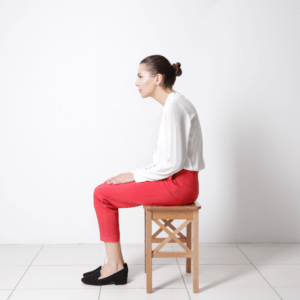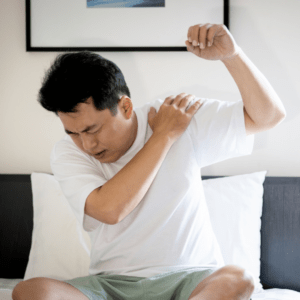It may feel like exercising after giving birth to a child is the last thing you want to do 🙅♀️. However, postpartum exercise is one of the best things new mums can do for their bodies.
Why we should exercise postpartum
Exercise not only promotes weight loss (especially if we want to get our pre-pregnancy body back) but also improves our physical fitness, strengthens and tones the abdominal muscles, boosts our energy levels, and reduces symptoms of postpartum depression 👏.
Additionally, regular exercise can improve sleep, relieve the stress involved with having a brand new little one, and improves core stability 🥳️.
Our musculoskeletal system goes through all kinds of extraordinary changes to prepare for childbirth including a weakened pelvic floor, unstable pelvic joints, and our back muscles tightening. Regular exercise postpartum helps to restore our body 🌈 and slowly reverse these changes.
When to start exercising
If you’ve had an uncomplicated pregnancy and delivery, it’s safe to start exercising a few days after giving birth – when you feel ready, of course. If you had a C-section or a complicated birth, it’s best to speak to your healthcare provider 👨⚕️ before you start exercising.
Tips for exercising after childbirth
It’s important to remember 💡 that we can’t go back to the level of physical activity we may have been at prior to falling pregnant. The key here is to ease back into being active.
- Take time to warm up and cool down before and after exercising.
- Take it slow at first. Gradually build up pace and resistance.
- Avoid crunches and spinal flexion for the few months after childbirth.
- Pay attention to form.
- Low aerobic activity for 20 to 30 minutes a day is ideal. But start with 10 to 15 minutes at first. Add on 10 minutes of simple exercises to strengthen the core.
- Wear a supportive bra.
- Nurse or pump before any type of exercise.
Easy does it, mama! 💖
For more tips and advice for new mums, keep an eye on our blog 👀. We wish you all the best with your new little bundle of joy.





